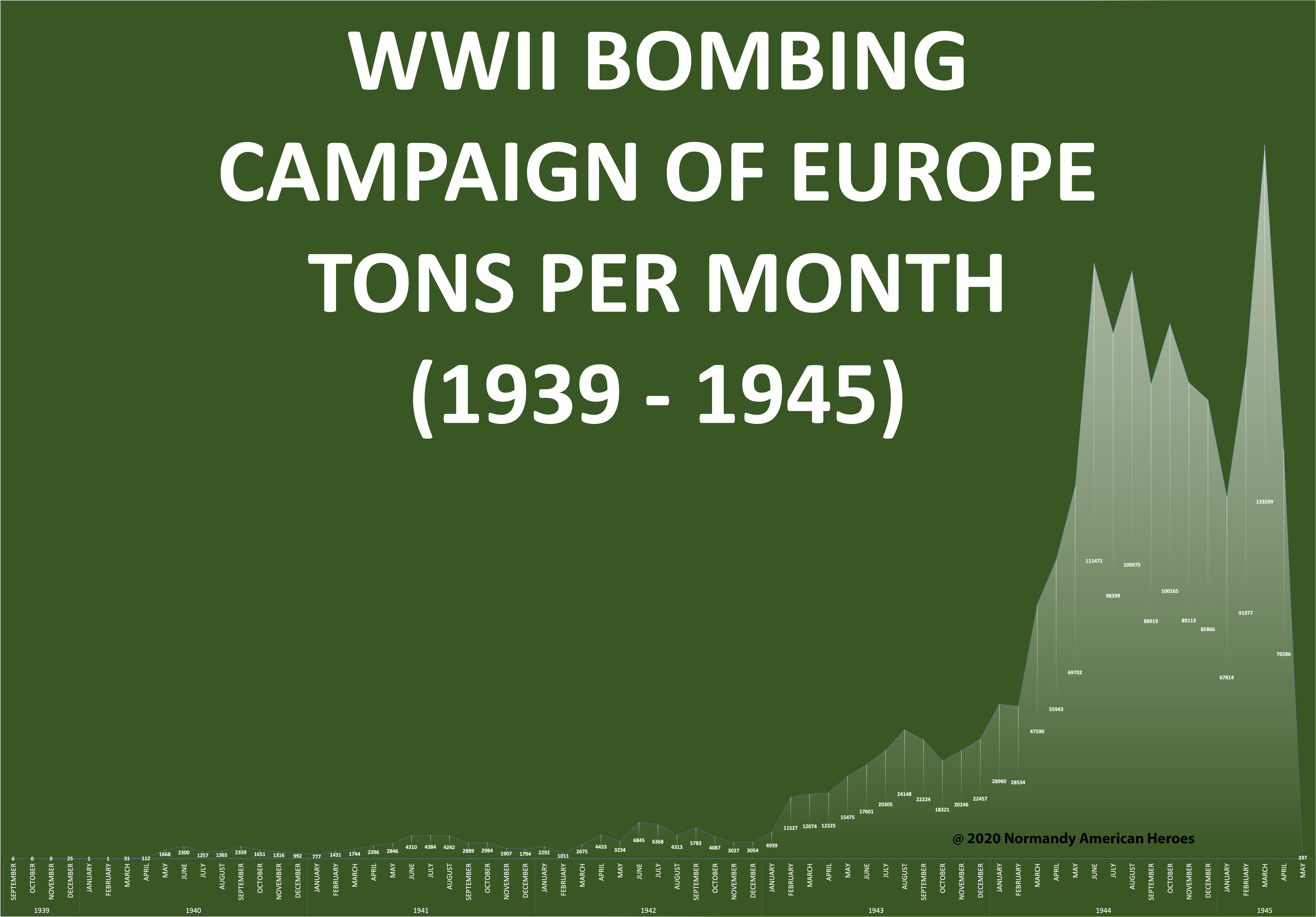
1930 - 1936
In 1930, Germany had five million unemployed and by many accounts the government of the day was incapable of dealing with the economic crisis. Along came a man with an increasingly powerful presence in German politics, his name: Adolf Hitler.
Taking advantage of the public discontent and using powerful propaganda with surely the best communication manager of the XX century Joseph Goebbels, the Nazi Party took power on January 30th, 1933 with Adolf Hitler elected as Chancellor. An extreme right-wing, racist and anti-Semitic dictatorship quickly took place.
Having risen to power through parliamentary democracy, Hitler having learned the hard lesson of the Munich Putsch, the new regime soon shows its true colors!
As of July 14th, 1933, all parties other than the Nazi party are banned and the first concentration camps for opponents to the Third Reich are put in place to shut them up. A few months later the Third Reich leaves the League of Nations preparing the ground for WWII.
On September 15th, 1935, the racial discrimination laws are voted, the swastika becomes the official flag of the Nazi regime.
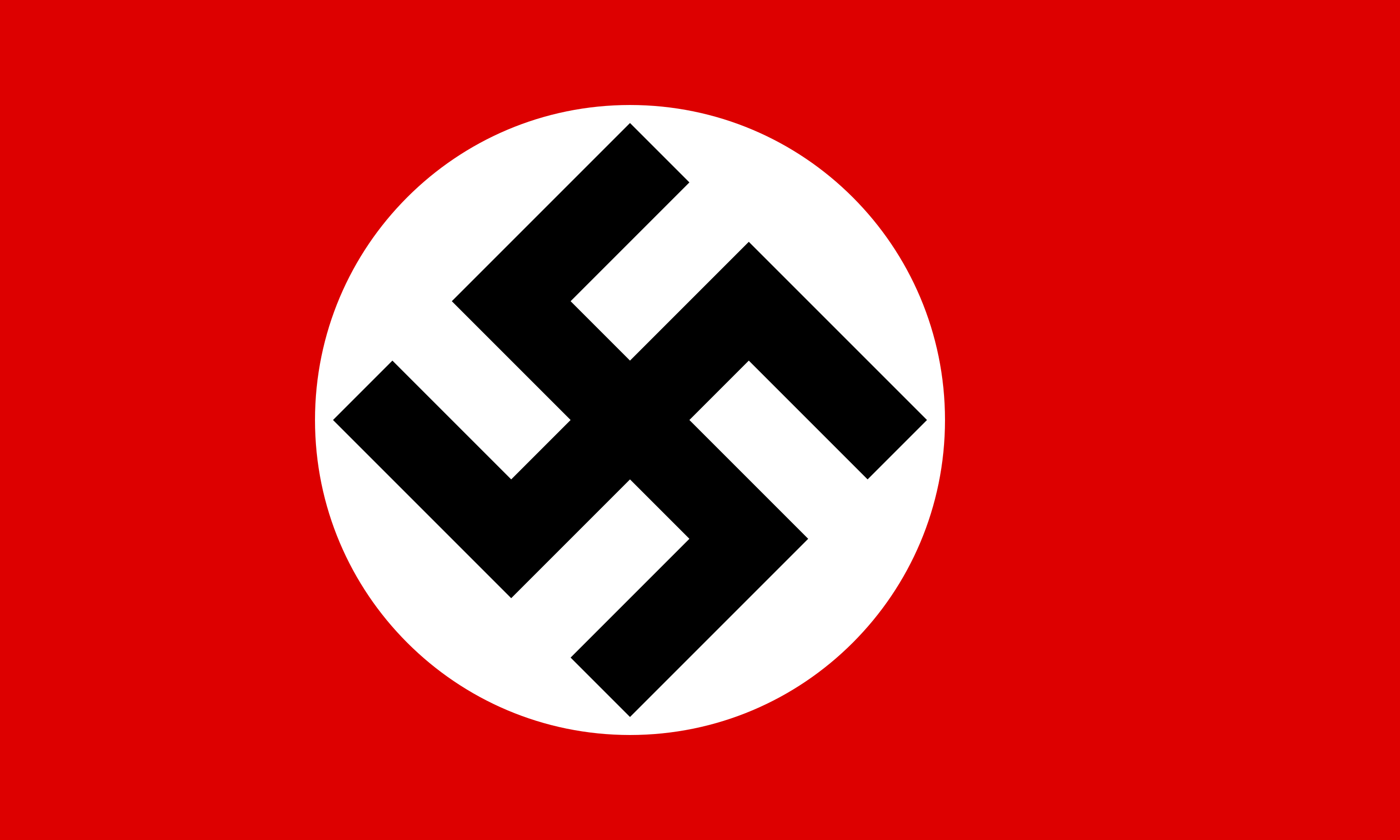
As the financial, economic and employment crisis continue to plunge Europe in depression a lot of people lose confidence in their government and are drawn toward the left and right extreme parties.
On March 7th, 1936, the Third Reich re-occupies the Rhineland which had been demilitarized during the Treaty of Versailles, June 28th, 1919 provoking outrage in Europe! Nevertheless, England convinces France to consider this not as an act of aggression…! The consequences will of course be catastrophic as three years later Europe enters WWII.
1937
In 1937 the Hawker Hurricane is the first RAF monoplane fighter aircraft. While the Spitfire focused on German fighters during the Battle of Britain, the Hurricane engaged the bombers. It could fly both night and day and was transformed into a fighter-bomber in 1941. By the end of the war it became a ground support aircraft.
The English Navy also had Sea Hurricanes to protect merchant navy convoys. Though not as fast as the German Messerschmitt 109, the Hurricane had a reputation of being both solid and effective.
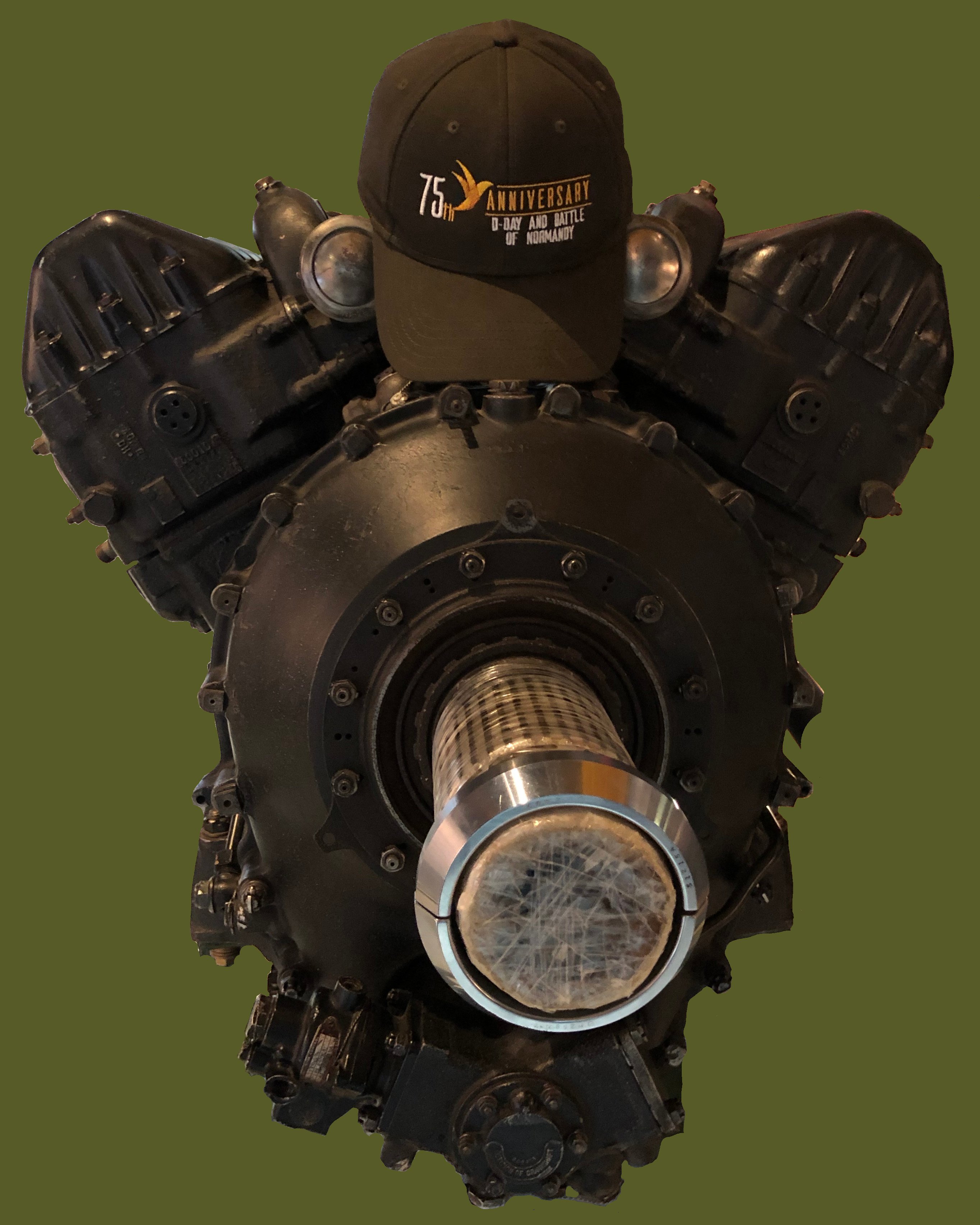
Packard Merlin 31 engine used in aircraft such as the Hawker Hurricanes and the American P-51 Mustangs
1939
In the late 1930s Britain bought American equipment to help prepare for war. This included aircraft such as the North American T-6 Texan. President Roosevelt agreed to help Britain after the war broke-out by transferring equipment to the UK. This was known as the “Lend-Lease” and included aircraft, vehicles and ships.
American pilots volunteered to help Britain fight despite some restrictions as the USA was still officially neutral. Before the infamous attack of the Japanese at Pearl Harbor, over 6,000 American pilots were members of British or Canadian armed forces.
While Americans came to serve in Britain, British men headed to North America to train to fly. The UK could not alone produce the number of pilots required and needed to use British airfields as bases for fighting aircraft. Training in the US and Canada was safer. Student pilots flying vulnerable training aircraft such as the Stearman could learn without being attacked by the enemy.
Edwin Albert Link junior, an American organ manufacturer invented the first true flight simulator in 1929. Drawing inspiration from the concept of the bellows, he reproduced the movement of a plane.
Nicknamed the Blue Box, the Link Trainer was made of plywood and worked in response to an electric pump. When enclosed inside the box, the future pilot was plunged into complete darkness, thus recreating the experience of flight by instruments. The instructor sat at a console and transmitted recommendations to the student over a microphone.
During WWII, the Royal Canadian Air Force bought 200 of these simulators to equip the schools of the British Commonwealth Air Training Program.
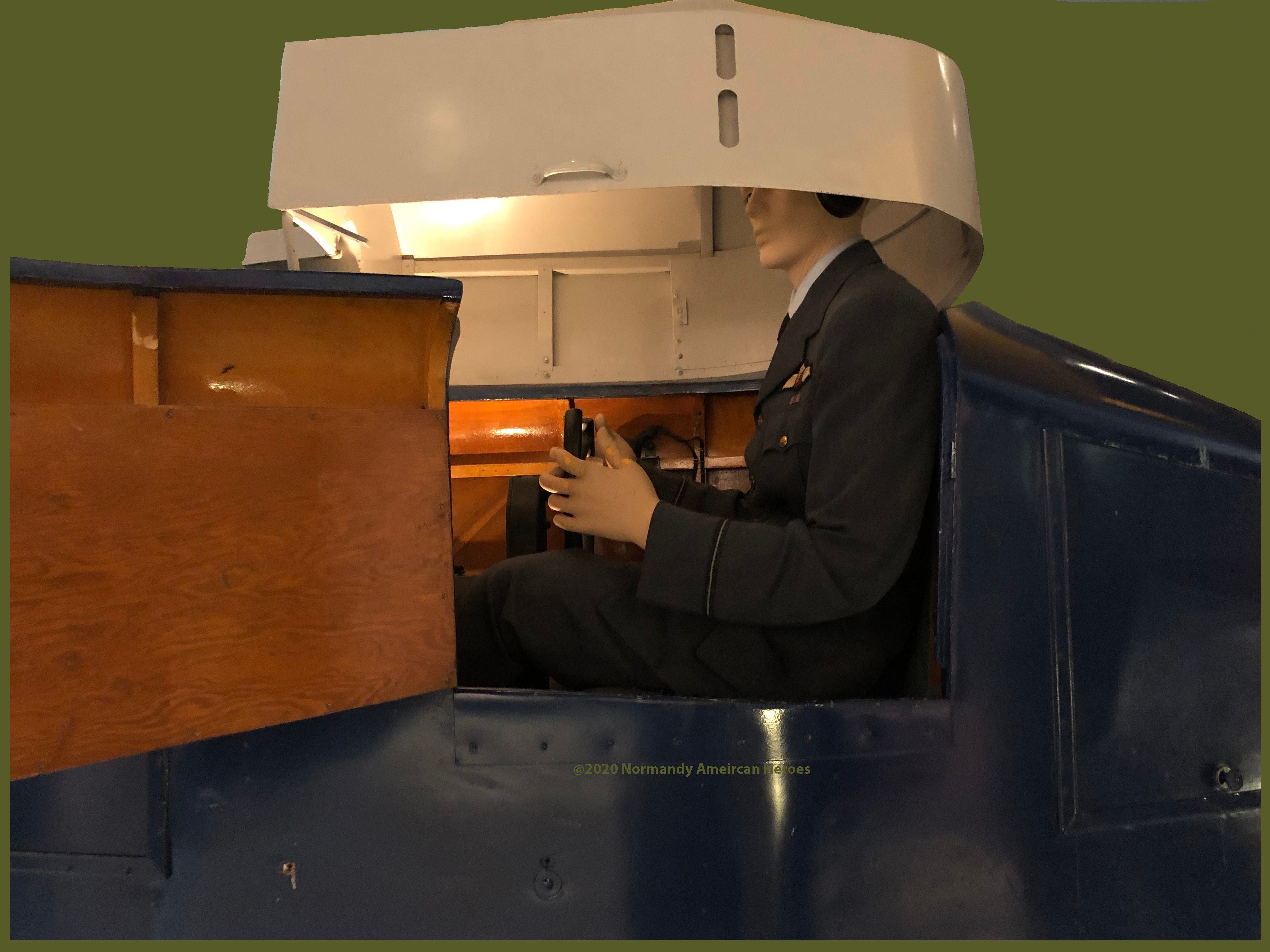
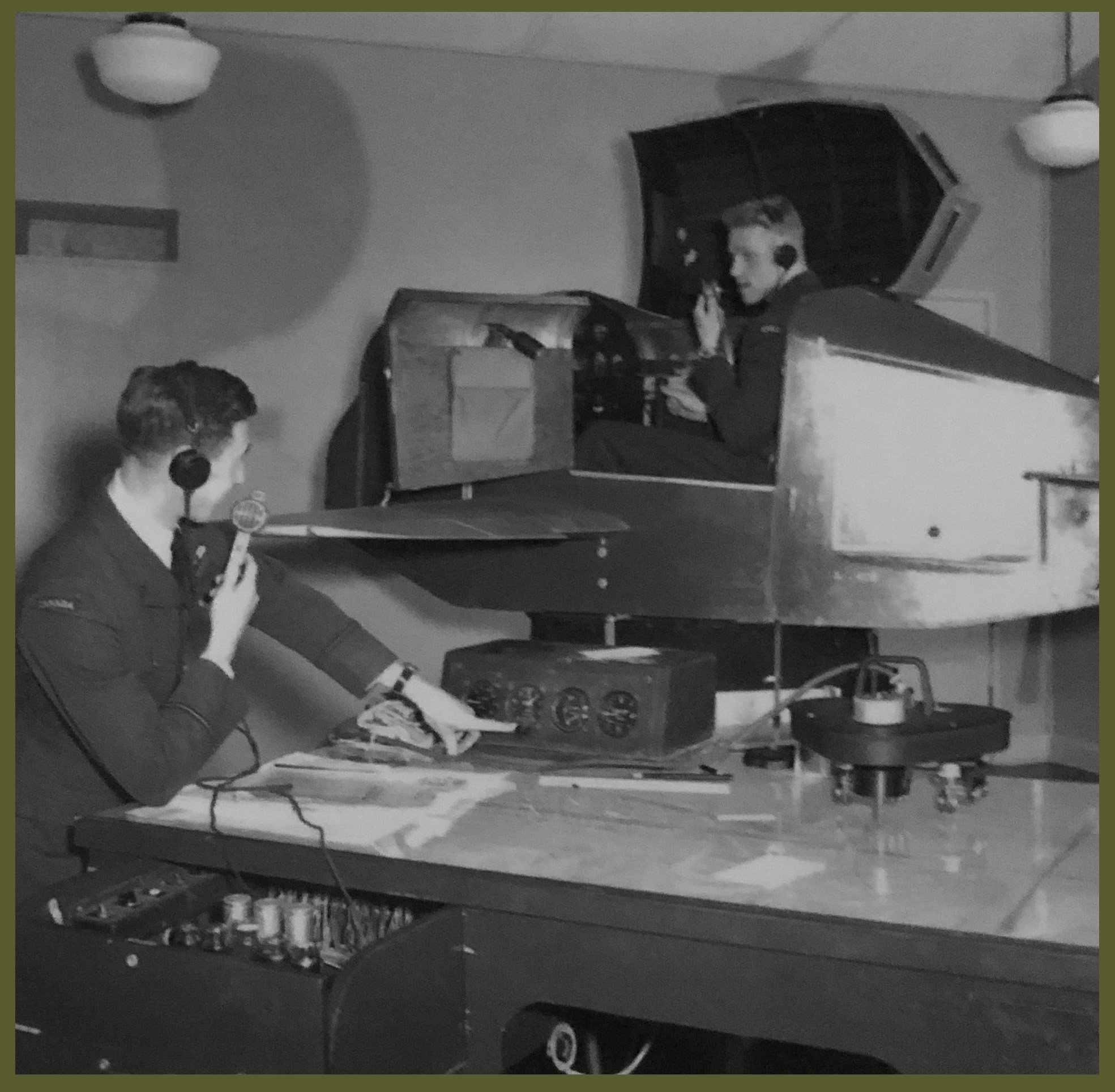
September 1939
On September 1st, 1939, German troops invaded Poland and two days later, England then France declared war against the Third Reich, the beginning of WWII.
Canada joined the conflict alongside its British ally on September 10th, 1939. The government developed a home defense plan for its Eastern and Western shore. One aspect of the plan was air patrols, but staffing was laughable! Just 180 planes in airworthy conditions and 4,061 assigned staff.
The first volunteer pilots to cross the Atlantic to join the Royal Air Force (RAF) were from #1, #110 and #112 Squadrons.
When the infamous Battle of Britain started, members of #1 Canadian Fighter Squadron saw action starting in August 1940. Twenty-three of nearly 100 airmen died in the British skies.
October - December 1939
The relation between the United States and the Third Reich were growing increasingly hostile. As the Germans deployed a submarine campaign against Great Britain, American ships continued to brave the hazardous Atlantic.
Shortly after the war began, the United States and most Central and South America countries endorsed a “Neutrality Patrol” to cover & control the Western Hemisphere. Over time, the US Navy increasingly protected shipping by escorting merchant convoys deep into the Atlantic.
Meanwhile the RAF conducted minor bombing raids on enemy ships and had reconnaissance flights over certain region of Western Europe.
In total, 31 tons will be dropped between September and December 1939 by the RAF
1940
January - April 1940
April 9th, 1940, the Third Reich invades Norway and Denmark without any real efficient resistance to hold back the enemy. The RAF bombs Germans shipping and airfields in Norway in response.
Captain Robert Moffat Losey (May 27th, 1908 – April 21st, 1940), an aeronautical meteorologist, is considered to be the first American military casualty in World War II.
While serving as a military attaché prior to America's entry into the war, Captain Losey will be killed on April 21st, 1940 during a German bombardment in Norway. He had been attempting to complete the evacuation of the American diplomatic legation from Norway to Sweden in the wake of the German invasion
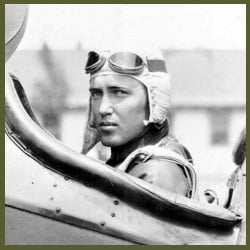
May 1940
May 10th, 1940, the Third Reich invades Belgium, Luxembourg, the Netherlands and France in what is known as the Blitzkrieg. The success of the invasion of the enemy ground forces is without a doubt thanks to the support of the Luftwaffe.
In retaliation, the RAF tries to halt the invasion and begins attacking German industry.
June 1940
June 10th, 1940, Italy declares war on France and Britain, immediately the RAF bombs targets in Italy with a raid on Turin.
General de Gaulle
On June 17th, 1940, the day General de Gaulle escaped to England, Mrs. De Gaulle and her children were at Carantec on the north coast of Brittany. They had taken refuge there with an aunt after leaving the family home at Colombey-les-Deux-Eglises about a month before. The Germans were advancing fast towards Western France, and when General De Gaulle reached London, he asked Winston Churchill that urgent steps be taken to rescue his wife and family.
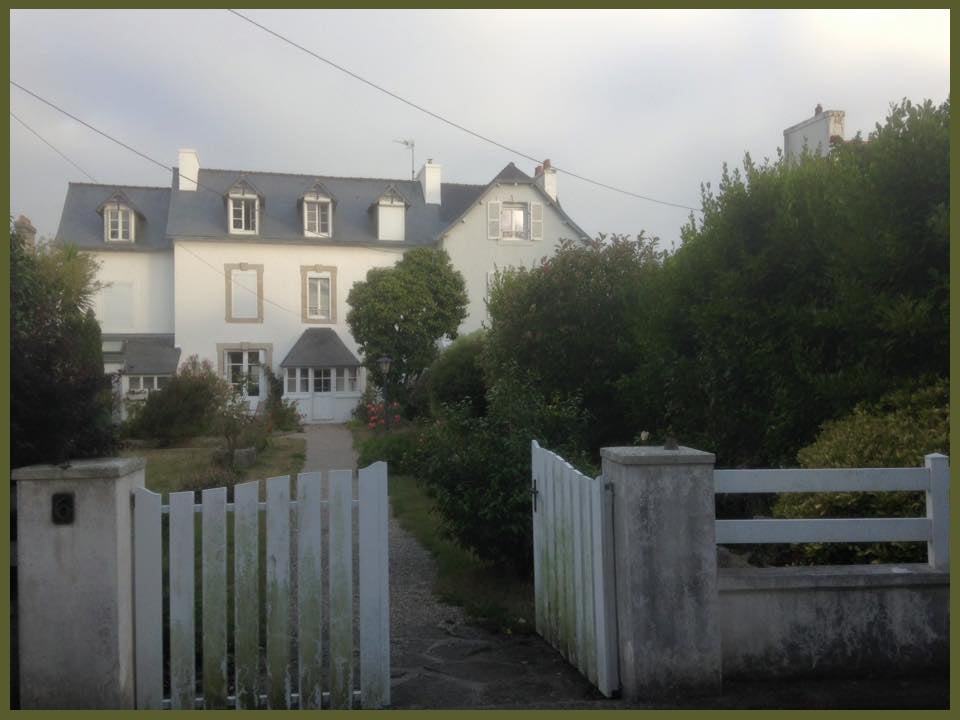
The decision was taken with Winston Churchill's agreement to send a plane with an SOE intelligence officer fluent in French to carry out this rescue as Mrs. De Gaulle didn’t speak English. The mission was to be carried out by Colonel Louis Franck, but he had another priority: convince the King of the Belgians not to give up the armed struggle and come back to England. Captain Norman Hope therefore replaced him. Employed before the war by BP, he had lived in Saigon - French Indochina and was fluent in French.
The Supermarine Walrus, an amphibious aircraft with a crew of three: Flight Lieutenant John Bell, RAAF (Royal Australian Air Force), Sergeant Charles Harris, RAAF and Corporal Bernard Nowell, RAF took off around 03:00 hours from Plymouth - U.K.
As they were flying to Carantec – Brittany (France), three Frenchmen in classic clothing knocked on the door of Mrs. De Gaulle! Initially on the look-out and cautious (Marshal Petain of the Vichy Regime had ordered General De Gaulle to be arrested), they told her that General De Gaulle had sent them to drive her and the family to the harbor of Brest to take a ship to England. As they finally drove off to Brest, the car had a problem, God’s Providence! Why? Because they will miss the Dutch ship they were supposed to take sunk by a U-boat in the English Channel and finally take the last ship leaving Brest for England.
During that time the Supermarine Walrus was shot down either by the German flak or the French Milice. The pilot did try to land in a field about 18 km inland, but the plane unfortunately hit a low embankment, crashed and burst into flames with the crew and the SOE on June 18th, 1940 near Kerbiquet… They were no survivors.
Today they are buried at Ploudamel Church cemetery.
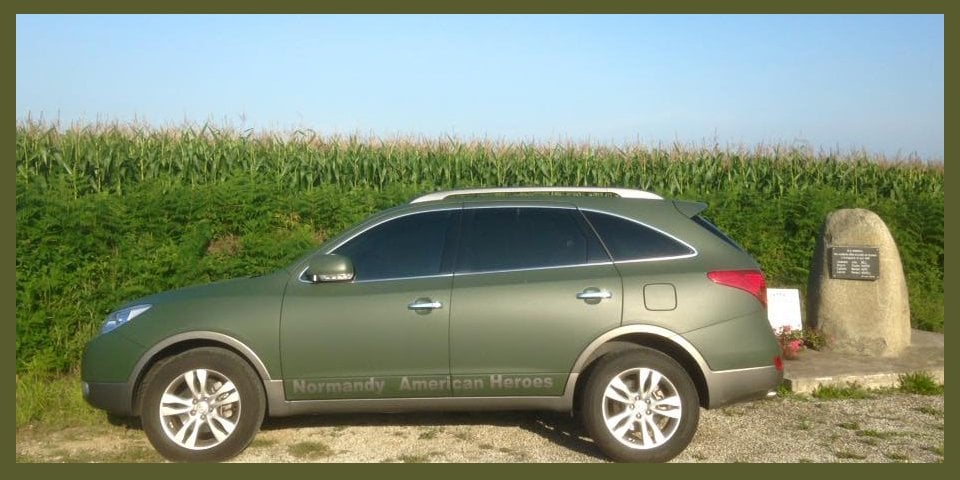
Meanwhile, not knowing that Mrs. De Gaulle was safely on a ship to England and having learned that the Supermarine Walrus had crashed, the British decided to send a speed boat to Carantec with no success as by then the German had completed their conquest of Brittany and reinforced both land and sea defenses!
June 18th, 1940 marks the day of the first Australian Air Force casualties in WWII.
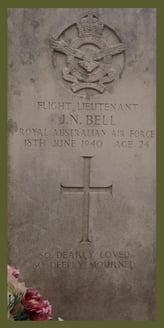
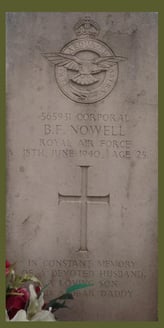
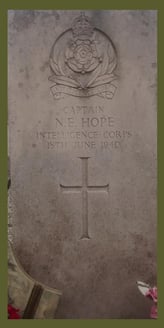
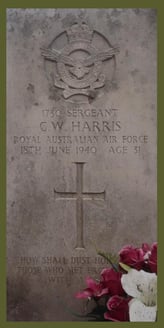
July 1940
July 8th, 1940, the Free French Air Forces (FAFL) was created in London and operational as of early summer 1941. At the height of their fighting forces, the FAFL had 1019 headcounts of which 287 were pilots of fighter planes and bombers.
Among them were pilots of the famous “Lorraine Group”: Pierre Closterman, Jacques Joubert Ouches, Rene Mouchotte, Romain Gary and Pierre Mendes France. The latest will become a French politician serving as President of the Council of Ministers (equivalent in the French 4th Republic to Prime Minister) for eight months from 1954 to 1955
One of the reasons of the success of the D-Day landing at Utah beach June 6th, 1940 will be thanks to the Lorraine Group!
July 10th, 1940, the Third Reich launches a campaign to destroy the RAF: The Battle of Britain begins. President Roosevelt asks Congress for huge increases in military preparations while the Luftwaffe attacks England, Scotland, Ireland and Wales!
Many Canadians who had enlisted in the Royal Canadian Air Force (RCAF) in order to defend democracy and prevent Nazism from spreading to North America fought in the skies over U.K. The squadrons were allocated the 400-449 block to avoid confusion with the other Commonwealth squadrons.
After playing a defensive role in the Battle of Britain, the fighter planes went on the offensive. Aboard their Spitfires, Hawker Hurricanes, Typhoons and Mosquitoes, the Canadians engaged with German fighter planes, escorted bombers, destroyed bridges and attacked land vehicles and trains!
By March 1941, the RCAF had a new look in Europe. With the increasing number of graduates of the BCTAP, the airmen formed full Canadian squadrons.
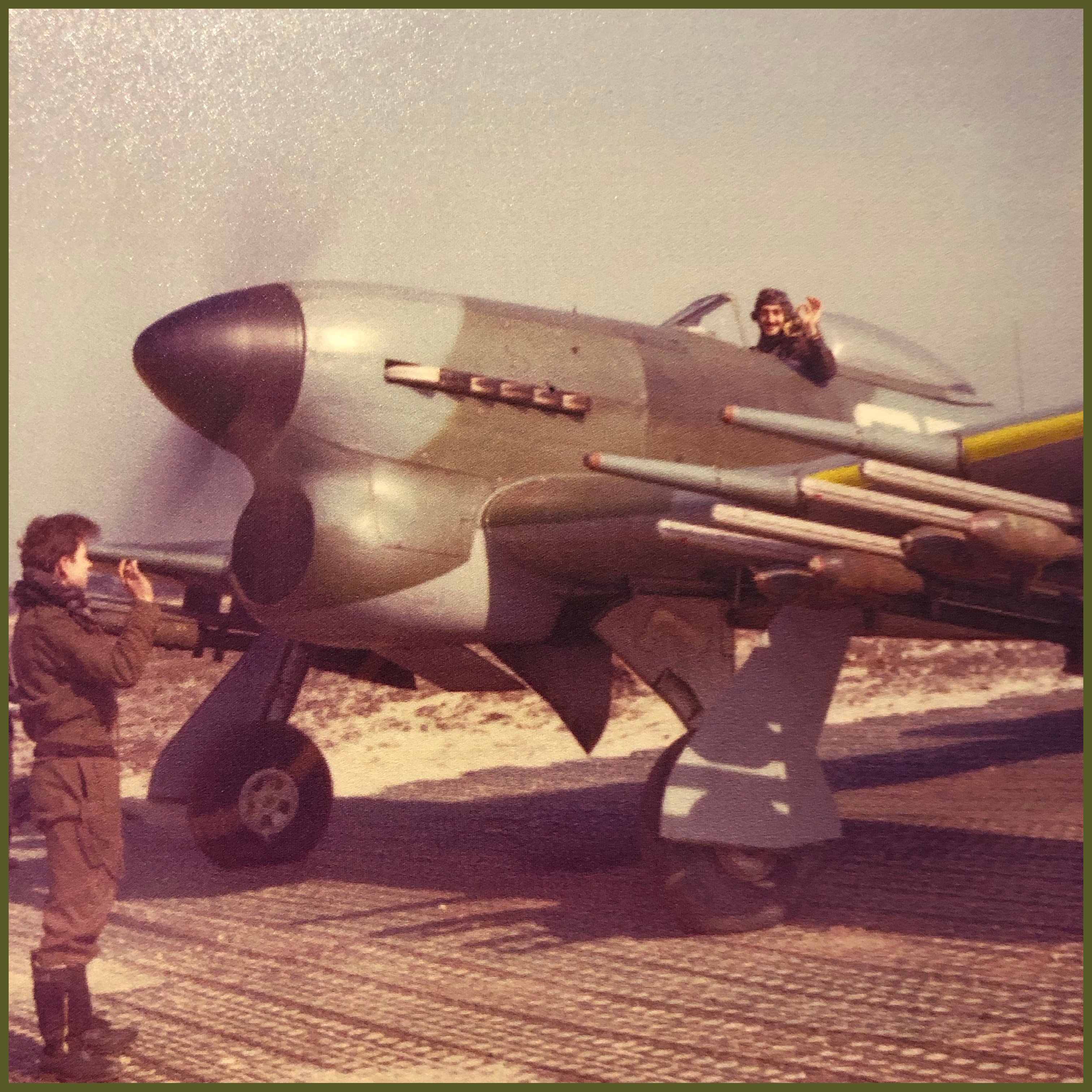
The Typhoon was a fighter-bomber plane used to attack armoured vehicles. The damages caused by the Typhoon's were so significant that Adolf Hitler ordered all pilots shot down!
Hawker Hurricane Mk IIB
The Hurricane was the main British fighter in the Battle of Britain. Thirty-two RAF squadrons flew Hurricanes, compared with only nineteen equipped with Spitfires.
The Hurricane Mk I was the RAF’s first single-seat 8-gun monoplane fighter; it entered service in 1937. With a top speed of 523 km (325 mph), the Mk I was slower than its German counterpart, the Messerschmitt Bf 109.
However, it was highly effective in attacking and destroying bombers. In 1940 Hurricanes shot down more enemy aircraft than all the other defenses combined!
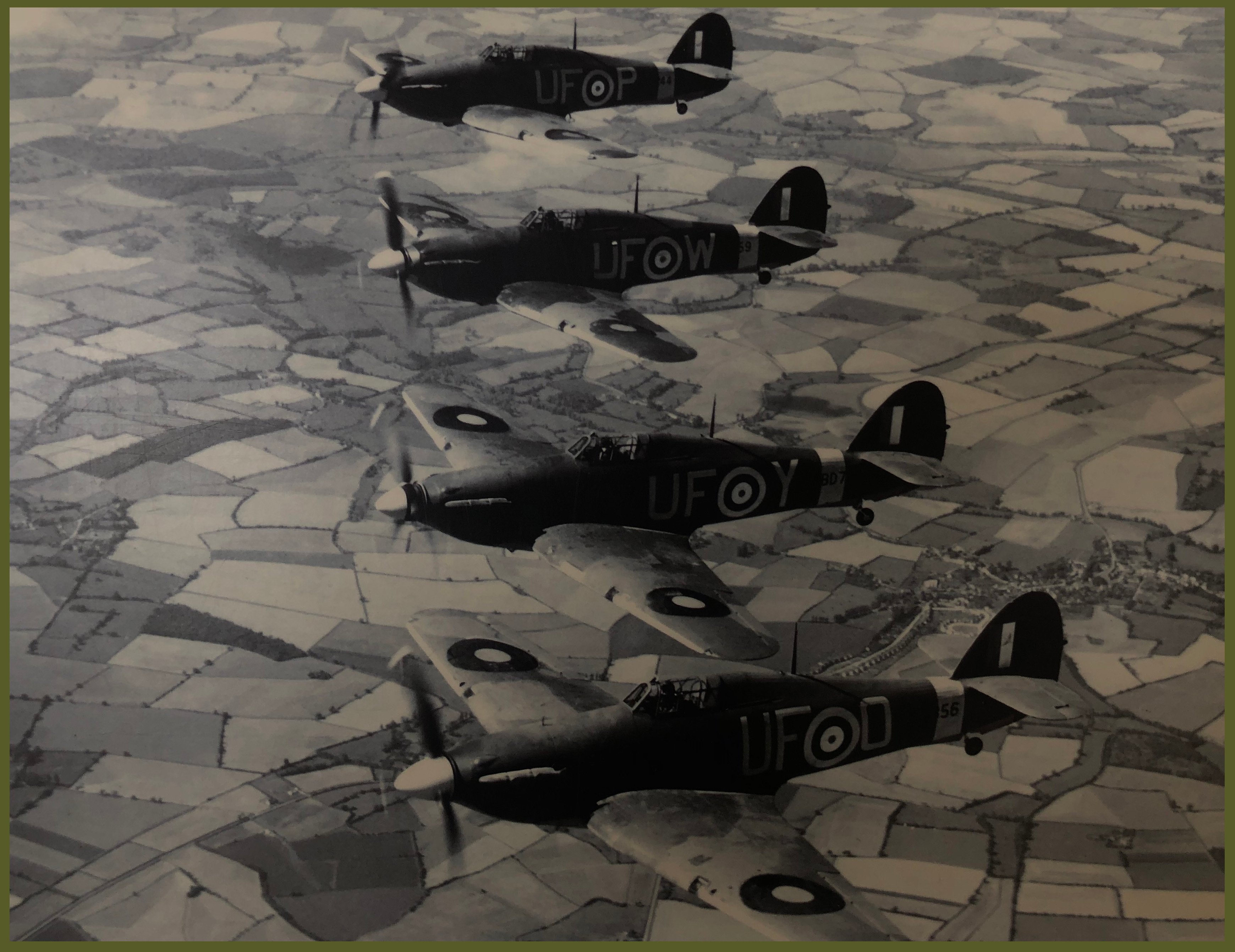
Messerschmitt Bf 109E
The Messerschmitt Bf 109 is surely the most famous German fighter of WWII. In 1940, the Luftwaffe put over 1,000 of its excellent Bf 109s into combat against the RAF.
Their performance was better than the Hurricane’s only equalled by the Spitfire. However, the Bf 109s lacked range so they were not always able to stay in combat long enough and in sufficient numbers to defeat the RAF’s / RAAF / RCAF fighters.
During that period, the RAF Bomber Command takes part in bombing German invasion barges in the English Channel Ports of the French coastline, to reduce to ashes Adolf Hitler plan of D-Day landing in the U.K., Operation Sea Lion which was to take place in September 1940.
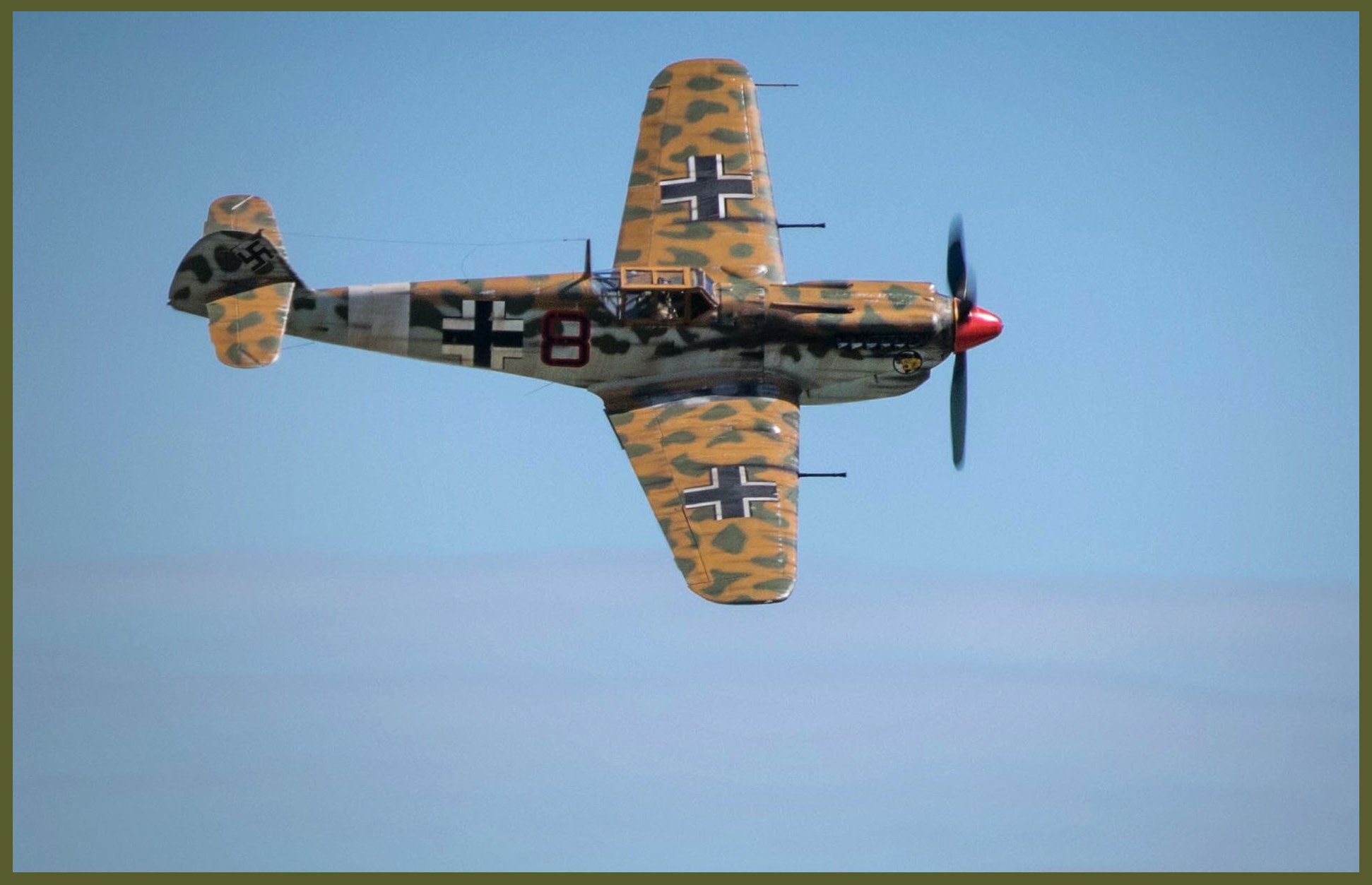
August 1940
August 24th, 1940, the Third Reich accidentally bombs London? The RAF sends bombers to Berlin in retaliation the following night.
William Meade Lindsley Fiske III, “An American citizen who died that England might live”, is considered to be one of the 1st US pilots killed in action in Europe.
He was the 1928 and 1932 Olympic champion bobsled driver and, following Jimmy Davies, was one of the first American pilots killed in action in World War II. At the time Fiske was serving in the Royal Air Force (RAF). He was one of 11 American pilots who flew with RAF Fighter Command between July 10th and October 31st, 1940, pretending to be Canadian due to the neutrality of the United States.
On August 16th, 1940, flying a Hawker Hurricane of the “Millionaires Squadron”, Fiske’s fuel will be hit by a German gunner. His aircraft badly damaged, his hands and ankles burnt, instead of bailing out, Fiske nursed his Hurricane home, gliding over a hedgerow to the airfield. He will die from surgical shock the following day at the age of 29.
July 4th, 1941, a plaque was unveiled in the crypt of Saint Paul’s Cathedral, London, probably a political choice of Winston Churchill as the United States had not officially joined the war…
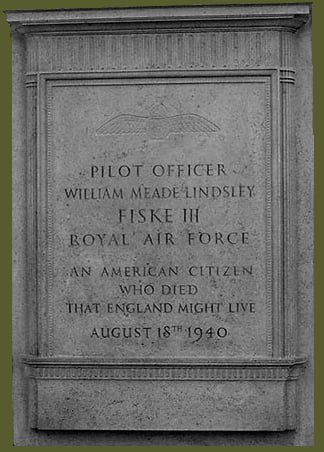
September - December 1940
September 7th, 1940, the Blitz begins, the Third Reich bombs British towns and cities. Almost every night in a Blitz that lasted all the way to May 1941, the Luftwaffe bombed England. At least 60,000 British civilians were killed in air raids during the war.
The RAF focuses on identified targets in occupied Europe, but the efficiency of the bombing will be impacted by the inexperience of the crews struggling with the weather, equipment and navigation system.
13033 tons will be dropped between January and December 1940

















